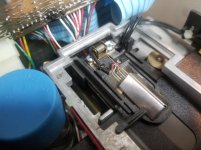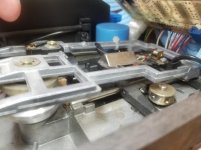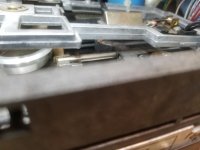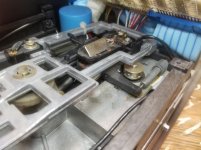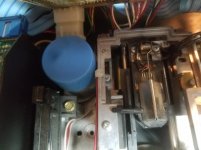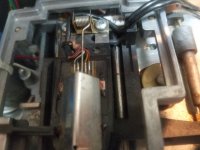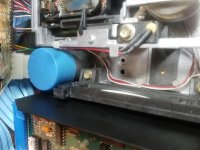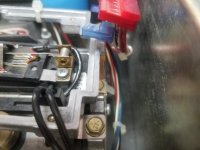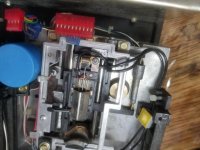Chuck(G)
25k Member
All of that--I'll also add that on most 5.25" floppy drives, the head-load solenoid was an option and can usually be removed easily if you want traditional 5.25" operation (i.e. your system turns the motor on and off). If you have a system that keeps the motor running all the time, the head-load is a nice feature to reduce wear--but the code has to allow for head settling time. When writing drivers for the early Micropolis drives, I initially made the mistake of not allowing about 15 msec for head "bounce" to die down. Reads worked flawlessly, but every once in awhile, I'd write garbage because the head was still bouncing when the write gate was turned on.
If you head-load is tied to the motor on signal, there's a built-in delay waiting for the motor to come up to speed that masks the head bounce. But if your system ties head-load to drive select, be very careful to make sure that the driver expects that.
If you head-load is tied to the motor on signal, there's a built-in delay waiting for the motor to come up to speed that masks the head bounce. But if your system ties head-load to drive select, be very careful to make sure that the driver expects that.
Last edited:

